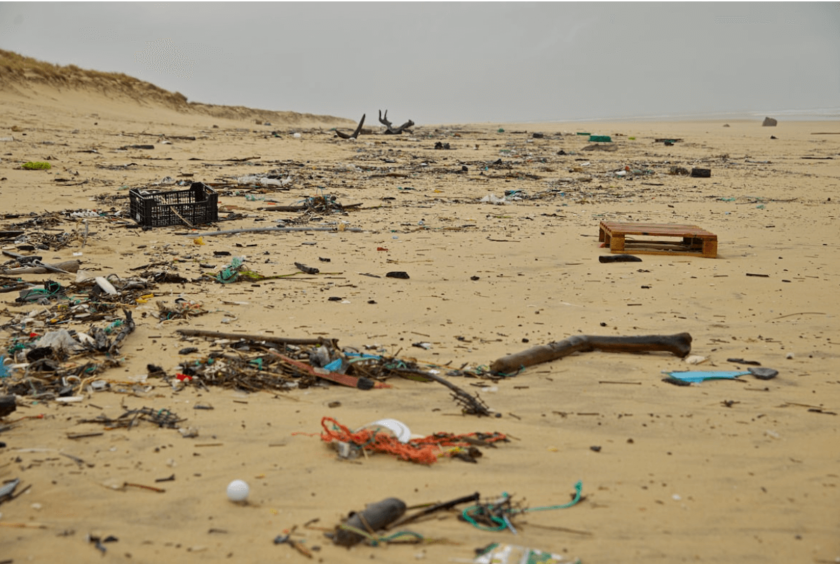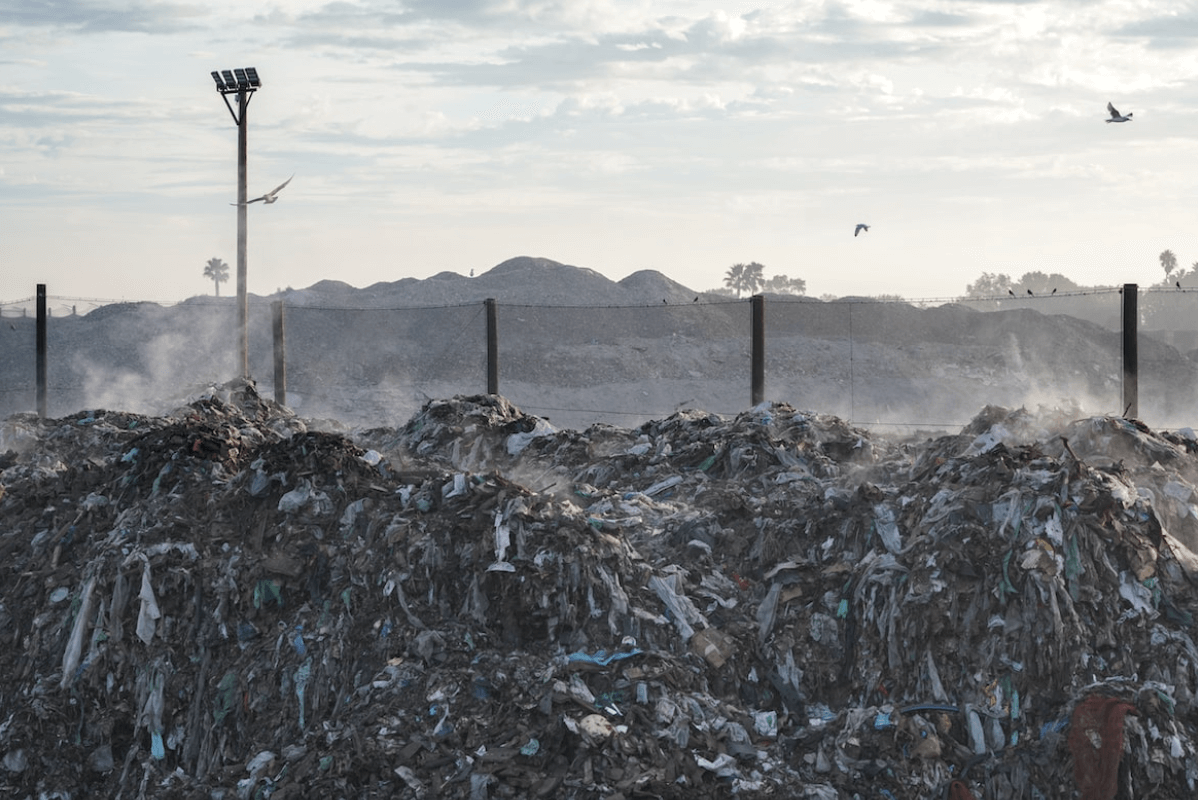Have you ever wondered what happens to our trash once it’s picked up from the curb? Most of it ends up in a dump or a landfill. And while these places are necessary for dealing with our waste, they can also be a big problem. Dumps and landfills take up a lot of space, and they’re not very good for the environment. In this blog post, we’ll explore some ways to make dumps and landfills less of a problem. We’ll look at how we can reduce the amount of waste that goes into them, and how we can make them safer and more efficient. By the end, you should have a better understanding of how dumps and landfills work, and what we can do to reduce their impact on our planet.
Reduce, Reuse, and Recycle
In order to preserve our planet and combat climate change, it’s essential that we all take action by sticking to the three R’s: reduce, reuse, and recycle. Reducing can include turning off the lights when you’re not in the room, taking shorter showers, or buying items with less packaging. Reusing is about creating new ways to make use of products so we don’t have to throw them out – for example, using a jar to store dry foods instead of using plastic bags. Recycling involves sorting materials into categories like paper, plastic, metal, and cardboard before disposing of them properly. It certainly takes effort to go down this route but any small step, no matter how little it may seem on its own, will help contribute towards saving our world.
Pest Control For Landfills
Managing pests in landfills is paramount to the efficient disposal of refuse. The presence of rats, mice, seagulls, and other wildlife can contaminate valuable resources or even spread entirely new and potentially dangerous species. Traditional pest control methods such as poisons may be effective but they can be toxic to more than just their target and often fail to address some of the deeper issues behind pest infestation in landfills. A better solution is an integrated approach that uses traps, physical barriers, natural preying animals, as well as carefully planned collection periods and other constructive measures in order to ensure that scavengers are kept at bay without harming the environment. To protect a landfill from pests it’s essential to call a pest control company. They will inspect the site and provide a strategy that works best for your particular situation.
Donate
Throwing usable items away can feel like a bit of a waste in some cases, but it doesn’t have to be. Donating those items to people or organizations that need them is a fantastic way to keep them from going to waste and help out the community at the same time. It’s an easy way to join the effort against global warming and support other people who may not have access to certain products and resources. Even something as simple as donating unused clothes, furniture, or appliances can go a long way in helping those less fortunate. There are usually many donation centers all over the country that offer this type of service, so taking the time to find the nearest one and giving back is always worth the effort. Who knows how much good you’ll be able to do!
Shop Secondhand
While it’s easy to succumb to the temptation of buying something new and trendy, purchasing secondhand items whenever possible is an excellent way to reduce your impact on the environment. From clothes to furniture and appliances, you can find almost anything secondhand, either online or in thrift stores. Not only does this free up your finances for other purchases; but it also reduces waste by preventing reusable items from ending up in landfills. Shopping smart and buying only what we will actually use can help save our planet from a devastating future.

It’s up to everyone to take action and reduce their footprint. By taking small steps each day, we create a collective impact that will help protect our planet for generations to come. Remember the 3 Rs: Reduce, Reuse, and Recycle your waste; turn food scraps into compost and donate anything you no longer need instead of throwing it away. Whenever possible, shop secondhand and use less paper when consuming content. Lastly, educate yourself and spread awareness – those little actions have big impacts! With a bit of effort, we can make a difference and ensure our planet is healthy for years to come. If we all do our part, we can truly make a positive impact on the environment.

